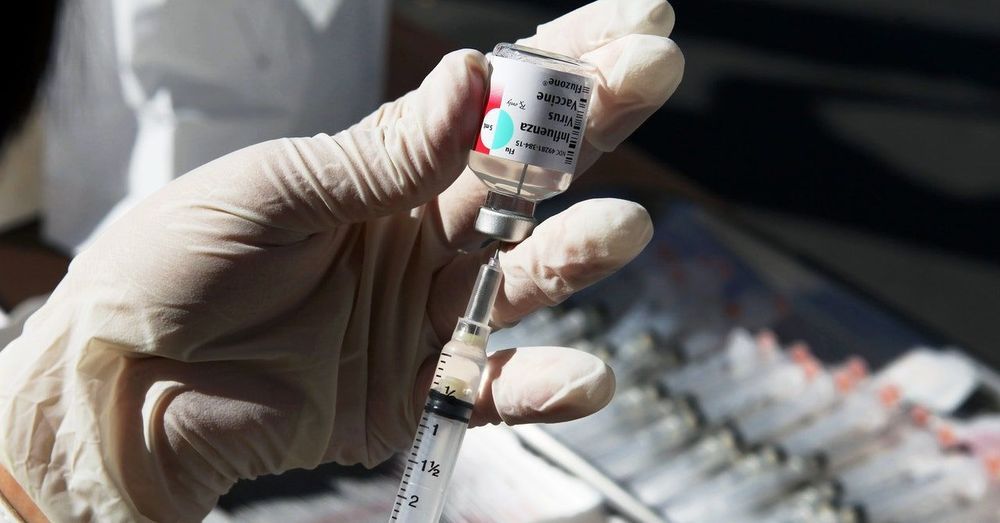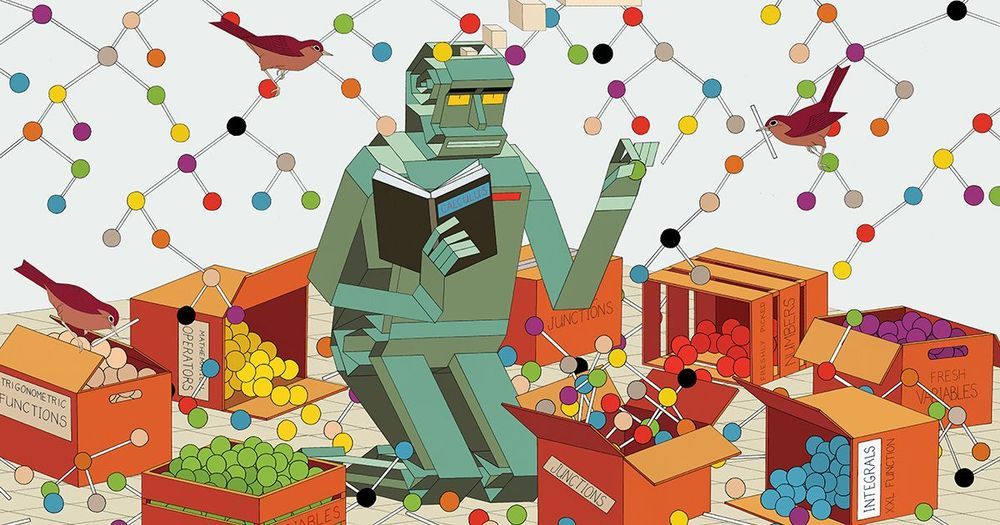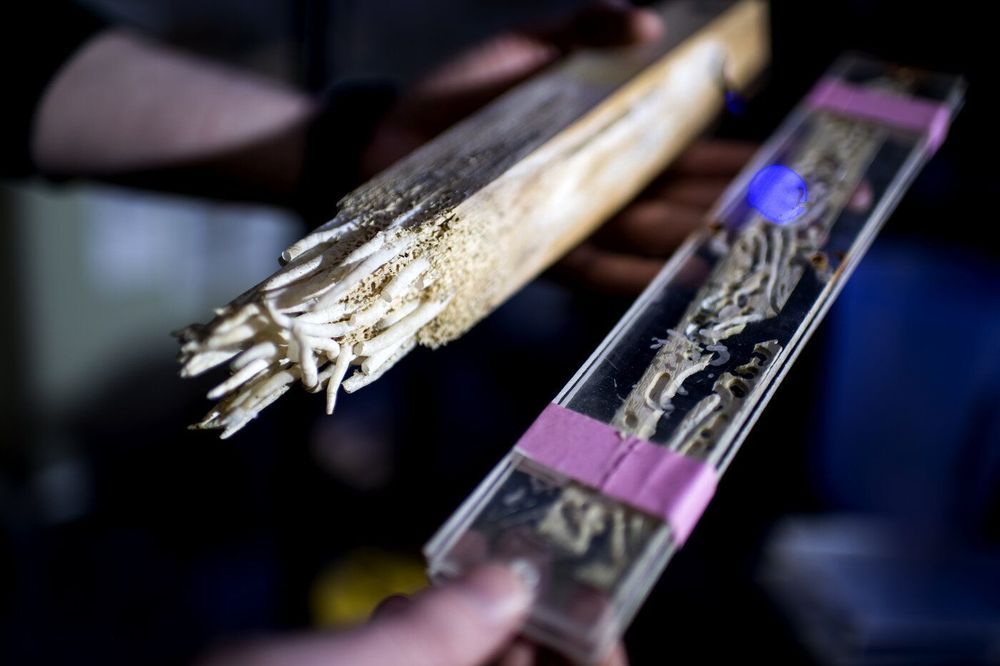Researchers see both benefits and risks in the company’s increasing power. It has lowered the cost of spaceflight through innovations such as reusable stages and fairings, saving NASA money. With its outsize capacity, Starship could cheaply put large telescopes in orbit and heavy science experiments on moons and planets. Yet SpaceX, with a fast-and-loose Silicon Valley mindset, has overlooked the potential for its technologies to contaminate night skies and pristine planets. Some worry the company, led by brazen billionaire Elon Musk, could jeopardize NASA’s long-standing culture of safety. “NASA tries to model everything to the nth degree,” says David Todd, an analyst at Seradata, which tracks launches and satellites. “SpaceX works on the basis of ‘test it until it breaks.’”.
First commercial crew flight deepens ties between company and space agency.






